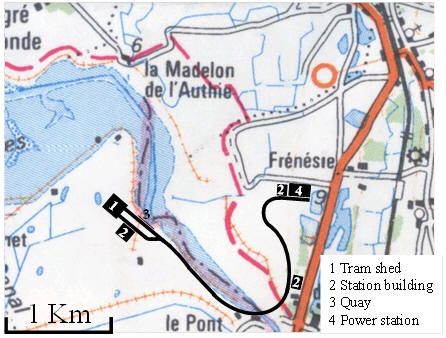
The Quay
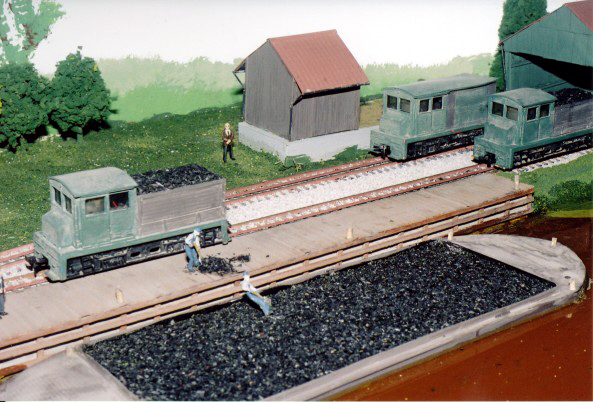
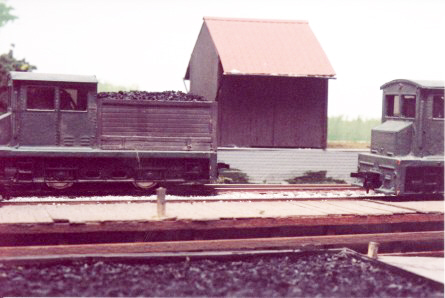
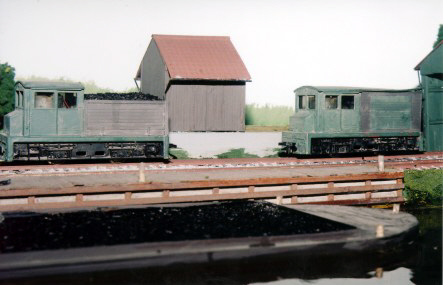
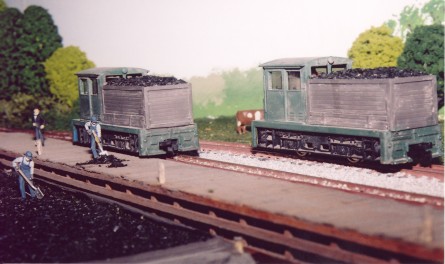
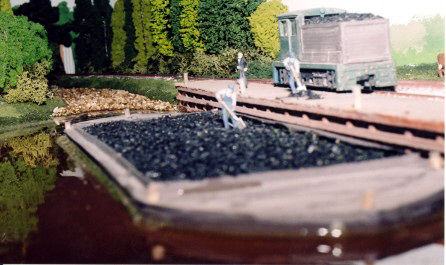
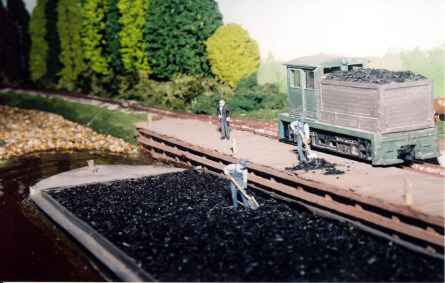
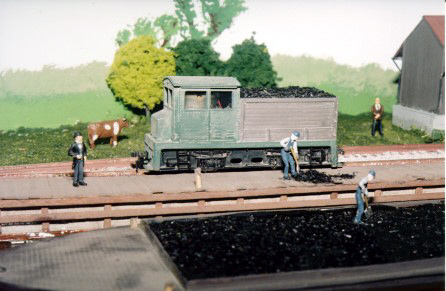
Tram Shed

Tram de la Frenesie
Sm, French narrow gauge, 4 @ 1 foot









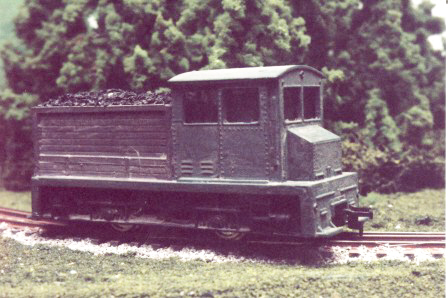
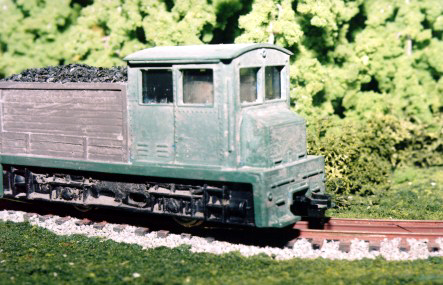
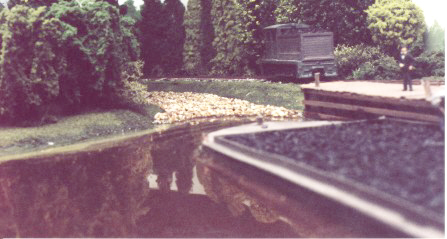
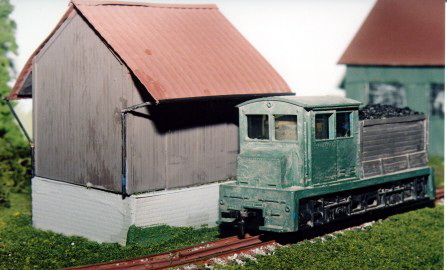
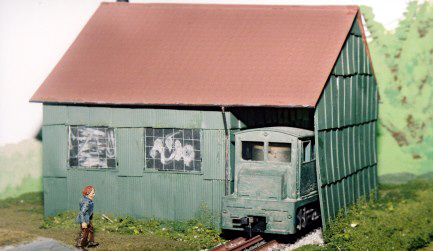
French Secondaire
The secondaire railways are very roughly the French
equivalent of light railways. They were developed to stimulate the rural economy
particularly farming and graded general, local and tram, tram being the bottom
of the pile. Funding came from central government, departments and communes
(parish). Their history is both interesting and contradictory! They grew twelve
fold between 1870 and 1912. At the end of 1912 an additional two and a half
thousand kilometres were under construction or authorized but most of these were
prevented from coming to fruition by the First World War. The War had a major
impact on existing lines with war damage, deferred maintenance, mobilization of
staff and the removal equipment, in certain cases entire railways. After the War
secondaire continued to expand reaching their peek mileage about 1925 with the
last secondaire opening in 1928. Improving road transport meant the next decade
was one of rapid decline. In 1938 the transport Co-ordination law caused many
secondaire to closed or loose their passenger service. The